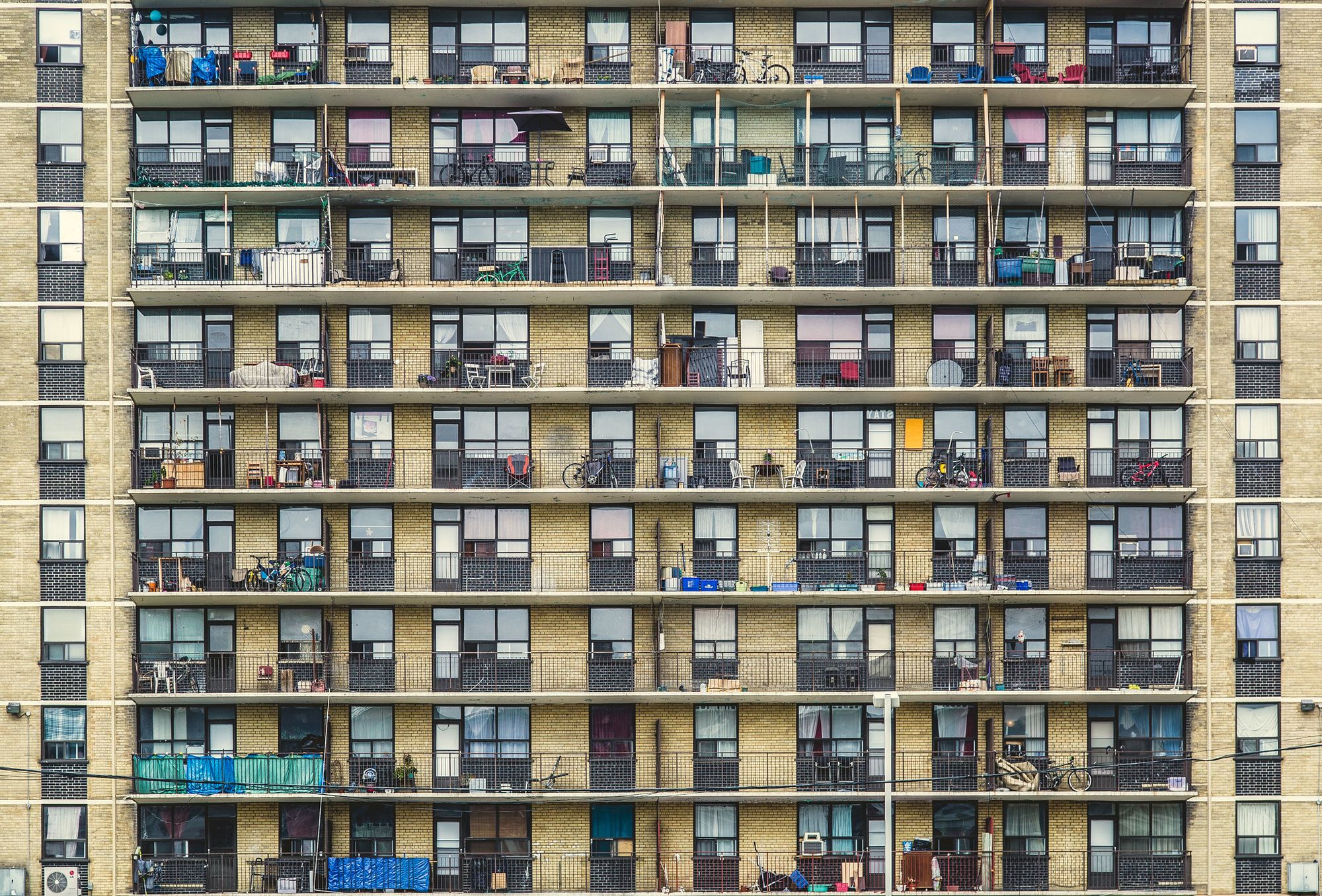Last week, as cities and nations around the world announced eviction moratoriums in response to COVID-19, the Ontario government tabled a bill to speed up evictions. Then on Monday, Ontario announced scheduled eviction enforcements wIll be postponed and new evictions halted without mentioning how long these measures will remain in force, leaving renters in uncertainty.
Faster, easier evictions attract capital investment in rental housing, but for working class people, during a pandemic or not, eviction spells physical and economic devastation.
The Eviction Speed-up
The proposed new law aims to accelerate evictions by limiting tenants’ legal defenses and in some cases removing the requirement to hold eviction hearings.
Renters would no longer be allowed to freely defend themselves against eviction at Landlord and Tenant Board (LTB) hearings. To raise issues like chronic disrepair, renters would have to give advance notice in writing. The new rule would raise the number of eviction orders against tenants.
When landlords apply to evict tenants for late rent, the tribunal can make repayment agreements. Under the new law, if tenants break agreements, landlords would not have to go back to the tribunal for an eviction hearing. Instead, the tribunal could issue a quick eviction order without a hearing.
The number of additional tenants evicted under the new law will ultimately depend on the LTB. Since coming to power in 2018, the Conservative government has reduced the number of adjudicators at the tribunal from 62 to 37, causing widespread delays. The Ontario Ombudsman is now investigating these delays, and you can expect the state to use his report when released to provide political cover for an eviction speed-up. This is a manufactured crisis.
Vacancy Decontrol
The government wants Ontario “open for business.” In 2018, it removed rent control on newly built or converted rented units. As a direct result, some tenants have seen rent increases upwards of 25 per cent, when the legal increase limit on other builds was 2.2 per cent.
While most renters living in older buildings are still covered by the annual rent guideline, vacant units are not. Vacancy decontrol was brought in under the provincial Conservative government led by Mike Harris in the late 90’s. Since then, the annual rent increase guideline has applied only to sitting tenants; once a unit becomes vacant, rent may be raised without limit.
Vacancy decontrol creates a financial incentive for landlords to push tenants out, as they see long standing tenants in rent-controlled units as slowing their profits. Speeding up evictions increases the rate at which landlords can obtain vacant units, and new, higher paying tenants. Toronto’s vacancy rate for apartments stands at 1.5 per cent, and below 1 per cent for condos. A low vacancy rate helps to drive competition among renters for each unit that becomes available.
The landlord class has always claimed lack of supply is the root of the housing crisis. It wants the state to subsidize the construction of new units and to demand measures to make their business more profitable.
Harris, for example, claimed vacancy decontrol would encourage new rental construction; however, almost no new, purpose-built rental housing materialized. For 30 years, the real estate industry has opted to build condominiums instead. Unlike purpose-built rentals, condos are sold to buyers before construction projects ever break ground, and on average are nearly $1,000 more per month than apartment rentals.
It was in the Canadian condo market where the financialization of housing first took hold in this country.
Financialization
In Canada, capital investment in real estate has ballooned since the 2008 financial crisis. Real estate is now Canada’s most valuable industry, comprising nearly 13 per cent of total gross domestic product. The shift has given rise to financialized landlords, such as real estate investment trusts, private equity funds, financial asset management firms and other investment vehicles.
These financialized landlords have been buying up purpose-built rental buildings, with a goal of maximizing profit by obtaining what they call “unit turns.” Financialized landlords are now at the cutting edge of displacing working class renters from their homes and neighbourhoods.
On the Ground
In 2018, Timbercreek Asset Management bought buildings with more than 1,200 rental units combined in Parkdale, a working class renter district in Toronto’s west-end. Hundreds of poor and working class people have since been evicted by the company.
In the West Lodge towers of that neighbourhood, now under Timbercreek’s control, more than 100 units sit vacant. In the midst of a housing crisis, Timbercreek is intentionally holding units off the market: By removing a critical mass of Parkdale tenants from the buildings, Timbercreek seems to be aiming to fundamentally change their composition in order to then remarket units at higher rents. The Ontario government’s eviction speed-up is designed exactly to facilitate and hasten this process. Meanwhile, tenants and school teachers in the neighbourhood have demanded Timbercreek stop all evictions and rent out vacant units.
The eviction speed-up will have a very real impact on the ground. As someone who works in a community-based agency I see how the threat of eviction is a hardship in working class peoples’ lives.
I met a Parkdale tenant named “Dan,” who lives with a disability. His rent is well below market value, and he accesses health services near his home. When Timbercreek first took over his building, Dan and many other tenants’ rent payments were mistakenly paid to the former landlord, not the new owner. The errors were made as a result of tenants’ rent payments being directed to the landlord through government programs. Even after recognizing its errors, Timbercreek was unforgiving. It issued dozens of eviction notices and filed at the tribunal to evict Dan and others for non-payment of rent.
Dan was scared when he received a notice to appear at an eviction hearing. Had he not been encouraged by his neighbours to seek help, he would have been at high risk of eviction. Now, under the proposed new rules, Dan might have been barred from raising a legal defense. His eviction could have been rubber-stamped by the tribunal. And for Dan, losing his housing would most likely mean being pushed onto the street.
Speeding up evictions is not about streamlining administration or ‘cutting red tape.’ The new law is deliberately intended to wreak havoc upon the lives of individual working class renters as well as on the very social fabric of their communities.
The province’s objective is to spur profit-making in an already bloated real estate sector. To meet its objective, it is prepared to clear out and displace working class people whose homes and tenancies stand in the way.







Member discussion